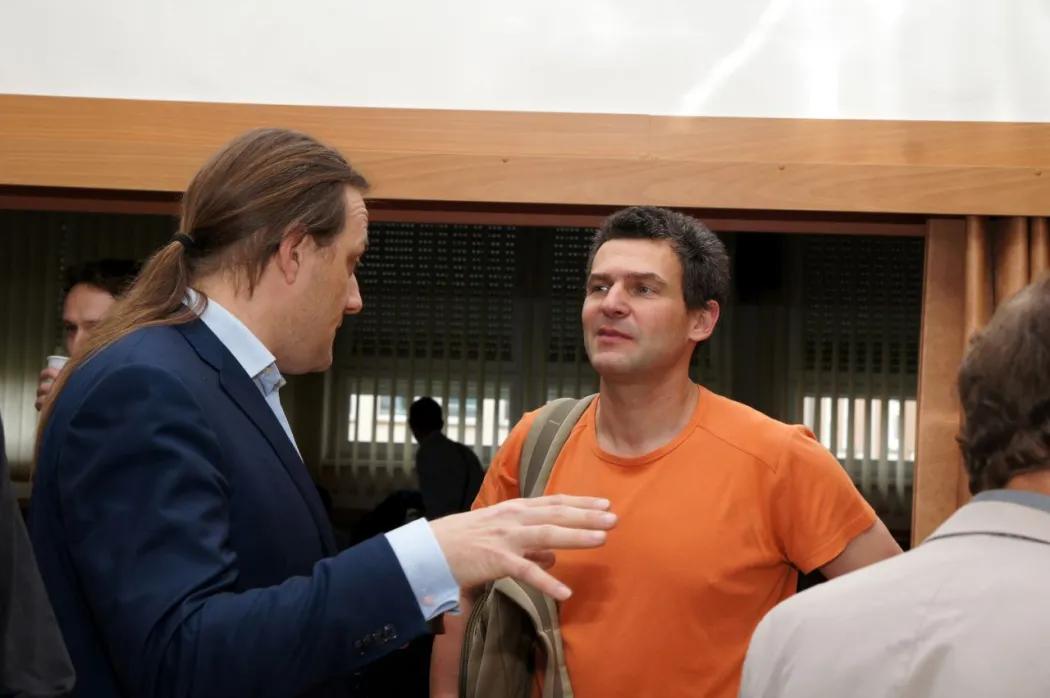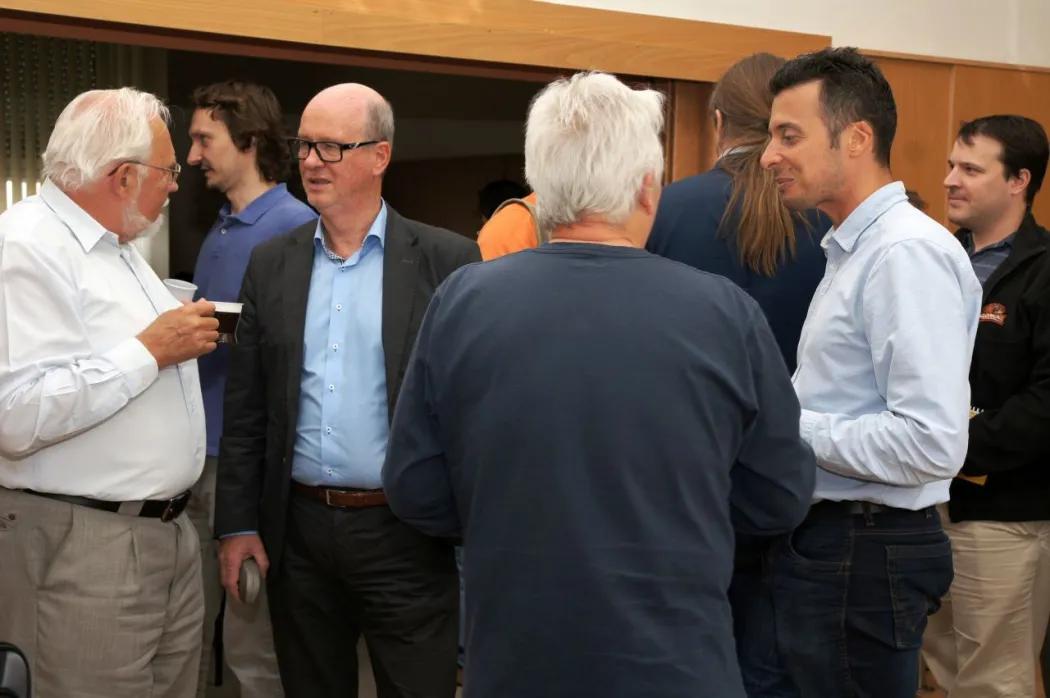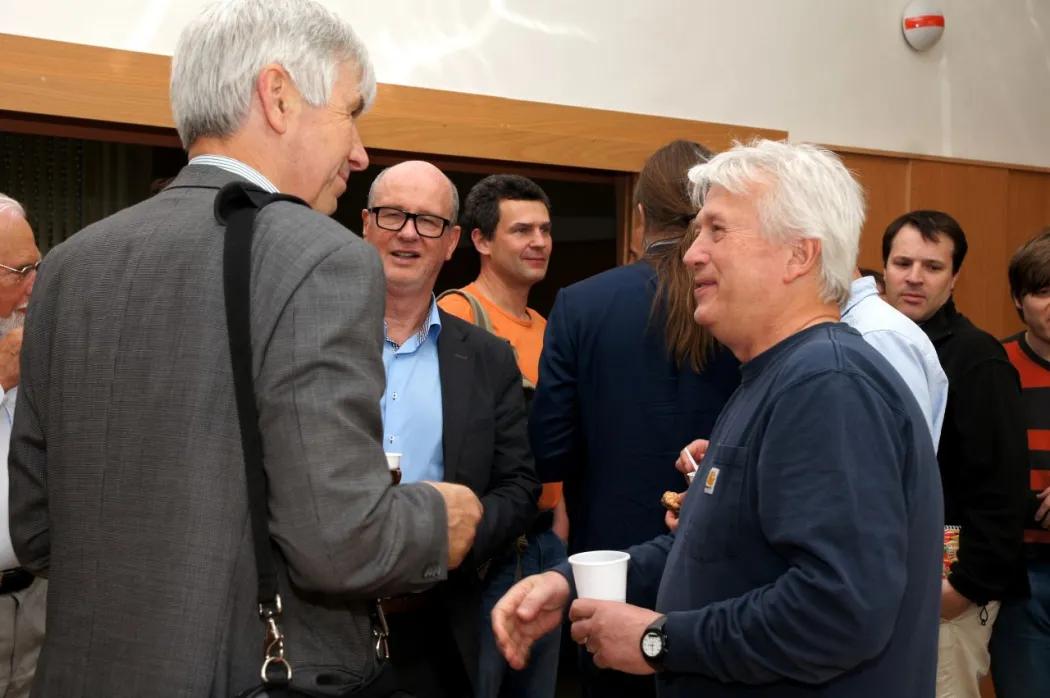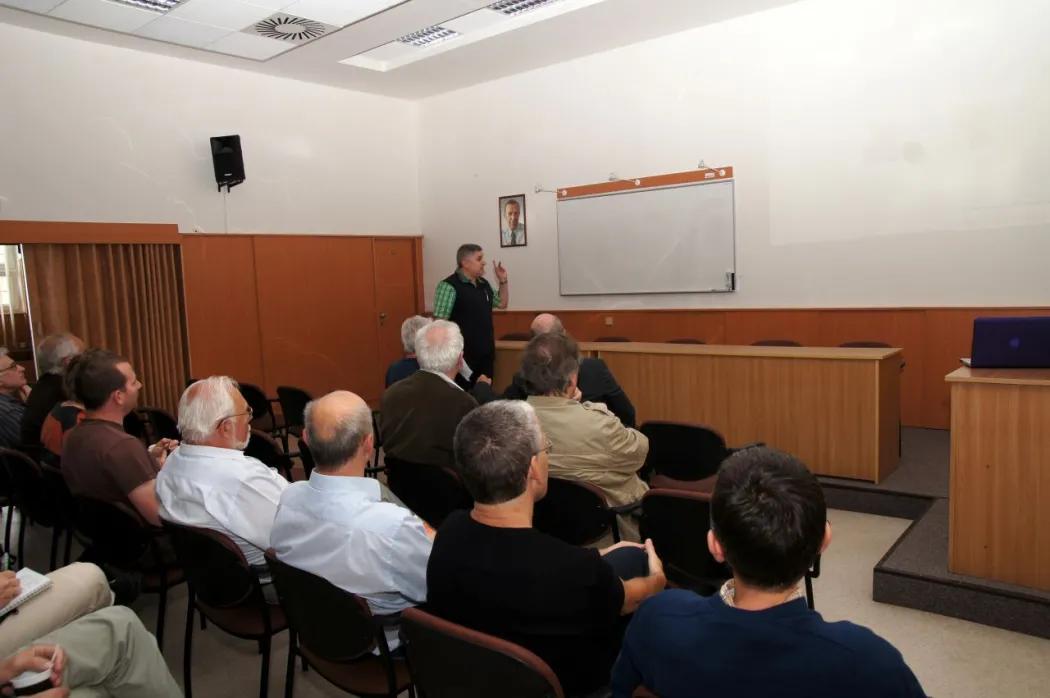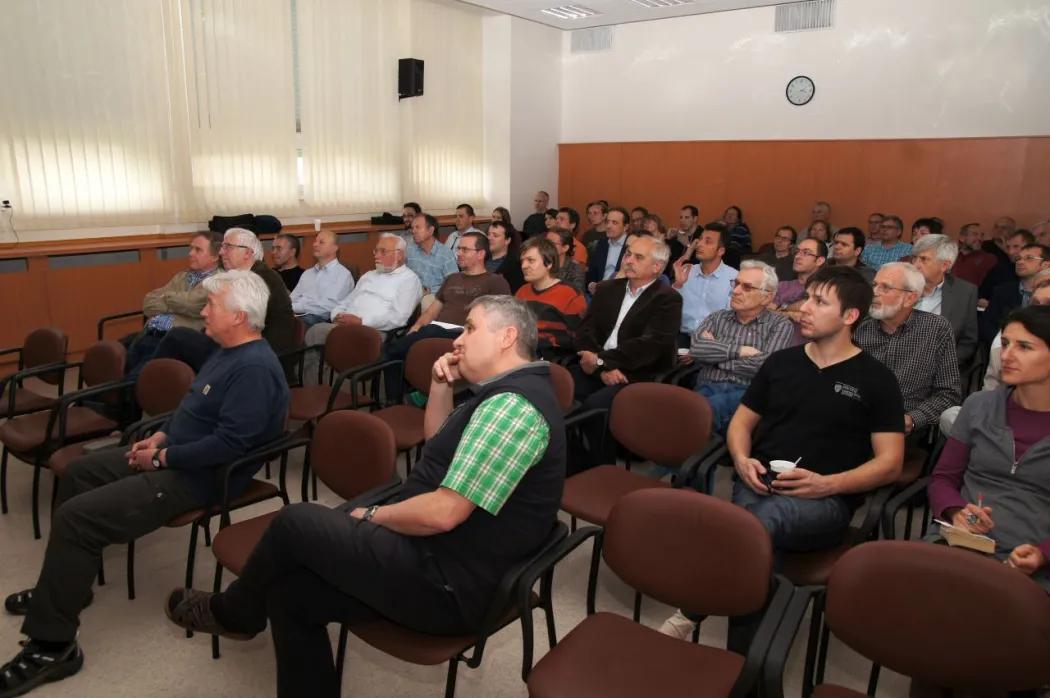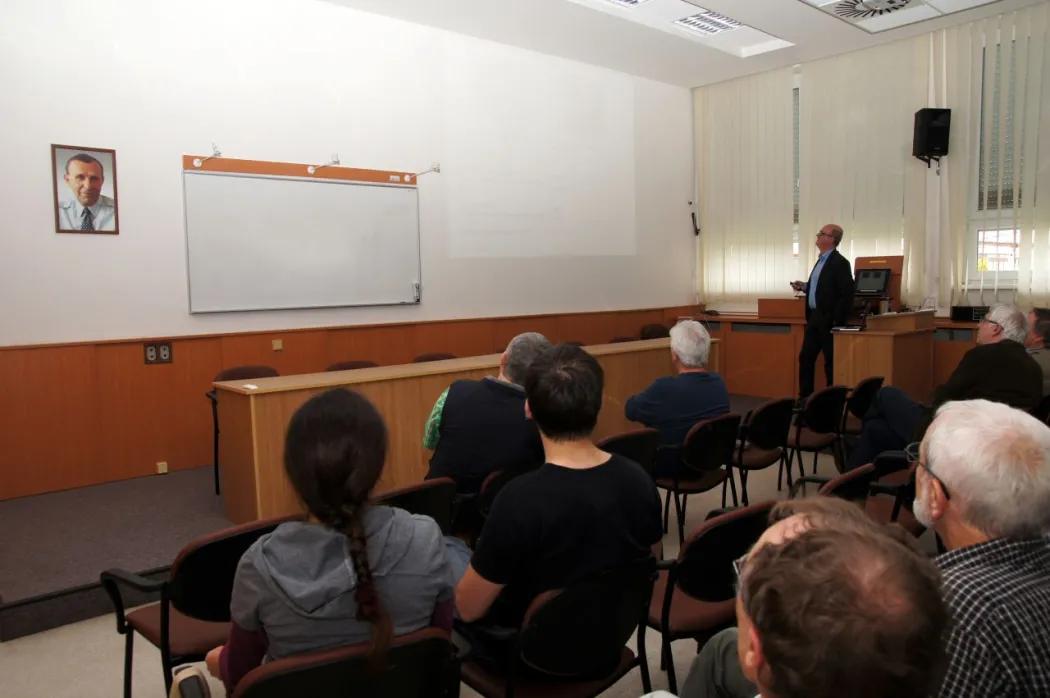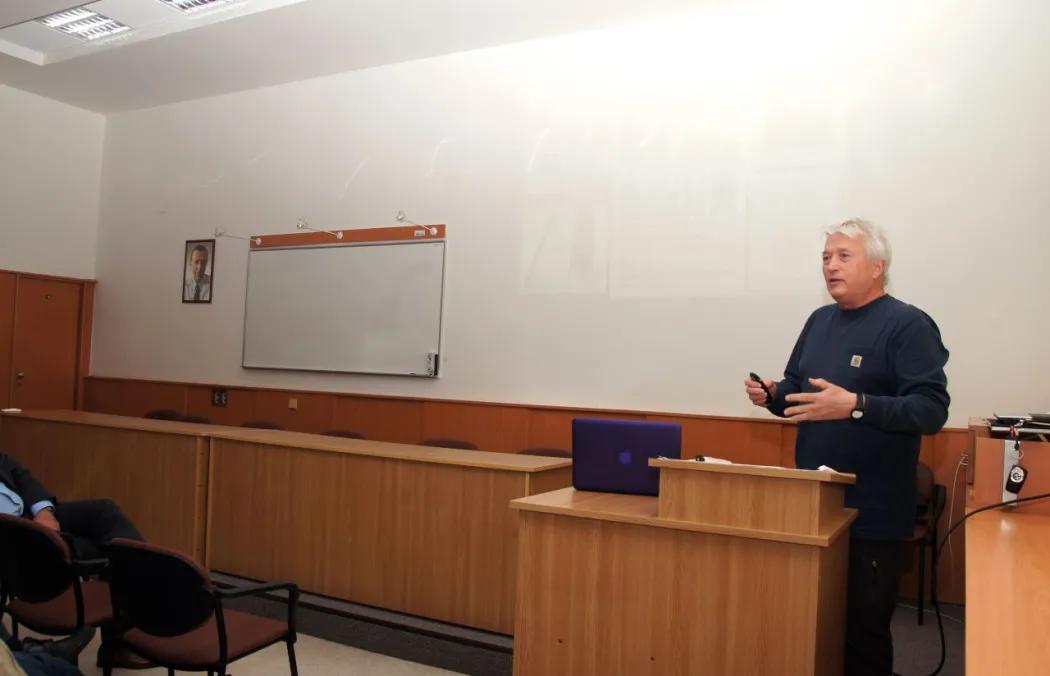The 7th Dvořák Lecture
Theory predicts that with an ultra-short and extremely bright coherent X-ray pulse, a single diffraction pattern may be recorded from a large macromolecule, a virus, or a cell before the sample explodes and turns into a plasma. The over-sampled diffraction pattern permits phase retrieval and hence structure determination. X-ray lasers capable to deliver ultra bright and very short X-ray pulses for such experiments have recently started operations.
Free-electron lasers are the most brilliant sources of X-rays to date, exceeding the peak brilliance of conventional synchrotrons by a factor of 10 billion, and improving. In the duration of a single fl ash, the beam focused to a micron-sized spot has the same power density as all the sunlight hitting the Earth, focused to a millimetre square. The interaction of an intense X-ray pulse with matter is profoundly diff erent from that of an optical pulse. Our aim in biology is to step beyond conventional damage limits and develop the science and technology required to enable high-resolution imaging of biological objects. The talk will summarise imaging results from the Linac Coherent Light Source, including studies on live cyanobacteria.

